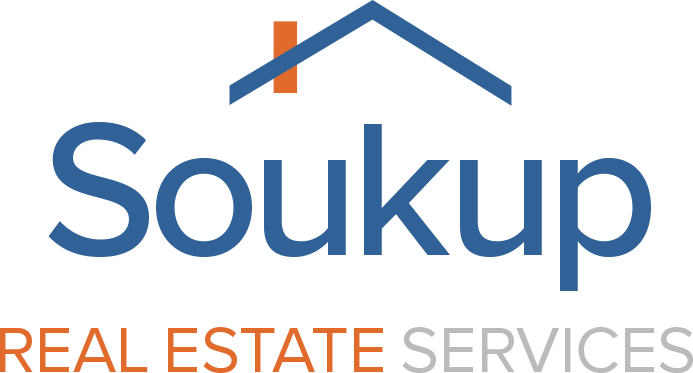Cap Rate
Also known as the capitalization rate. This is the rate of return you can expect based on the Net Operating Income (NOI) versus the purchase price. Cap rates are exclusively for income producing investment properties. There is nothing that annoys me more then when someone markets a cap rate on a single-family home. Sure, it could be an investment property, but that is NOT its intended purpose.
The Calculation
Calculating the Cap Rate is simple. All you need is two numbers. 1) The Net Operating Income (NOI) 2) The Purchase Price.
Cap Rate = Net Income/Purchase Price
Cap Rate = $25,000/$415,000
$25,000/$415,000 = 6%
Cap Rate = 6%
The Market
Cap rates are market driven. While the market is hot and the good times are rolling, sellers expect lower cap rates.
When I began investing in real estate, my mentor suggested to go no lower than a 7.5% cap rate. Well, I sure wish I would have bought the entire town of Fort Collins at that point. 5.5% is typically what is marketed now.
Buyers are always on the hunt. They look for strong cap rates. Buyers may explore tertiary markets for higher cap rates if their goal is strong cash flow. While Fort Collins is marketing 5.5% cap rates, you can drive down the road to Greeley and find 6%, 7%, or even 8% caps.
The Marketed Cap Rate
I do not hold too much value into cap rates unless I personally calculate them. Too frequently, the pro forma statement being marketed is nowhere near realistic, making the cap rate absolutely useless.
Just recently, a duplex hit the market and was marketed as a 7% cap! No way! Get my checkbook out, cause I am buying! But let us step back. Here is the pro forma:
Gross Potential Rent Income: 38,000
Less Insurance: $1,400
Less Taxes: $2,400
=Net Operating Income: $34,200
Seems legit, right? It only takes insurance and taxes to operate an investment property. WRONG! What about maintenance expenses, utilities, property management, landscape, etc., etc., etc.
Going Backwards
Let’s say you want to buy ONLY 6% caps. Hey, in Fort Collins, that is pretty good! Take the NOI and divide the 6% cap you would like to obtain to get your MAXIMUM purchase price.
NOI/Cap Rate = Purchase Price
$25,000/.06 = $415,000
The trick here is to try and get the actual financials on the property. That way you can see what it is ACTUALLY costing to operate the property and what ACTUAL rents are. That does not mean those are the numbers you use to get your purchase price, but it gives you a starting point.
Find Your OWN Cap Rate
Okay, so you know the market and what typical cap rates are. You’ve seen their marketed numbers. You’ve obtained their financials and figured out your purchase price based on that. Now, let’s take one more step and give ourselves a range of purchase prices.
Data:
1990 Duplex with 2 Bedrooms and 1 Bathroom on both sides.
Current Rents: $1,000/Side – Market Rents: $1,200/Side
Current Operating Expenses: $8,400
**Investor Trick**
To simplify the calculations based on historical data, investors use expense ratios. Depending on the age and condition of the building, investors could use anywhere from 30-45% as an expense ratio. This ratio is based off of the Annualized Effective Gross Revenue. $10,000 Gross Revenue with a 30% expense ratio gives you a NOI of $7,000.
The expense ratio builds in taxes, insurance, utilities, property management, maintenance etc.
Estimated Operating Expense Ratio = 30% (it was built in 1990 and is in relatively good condition): $8,640 (based on the gross revenue of $1,200/side)
Net Operating Income Suggested: $15,600
OUR Net Operating Income Based off of OUR Analysis: $20,160
That is a $4,560 difference. Is there value in this duplex?! Yes! Which means if the seller is marketing the property at a 5% cap rate or $312,000, should you buy it? Maybe. What if we really could get our $20,160? That means this duplex is actually a 6.5% Cap!!
Don’t rely on the numbers from the investor. More often than not, the numbers on the MLS will be inflated and generally if anything, the cap rate will be marketed as a 5%, but really is 4%. But you never know!
Why Use Cap Rates
Cap rates are a great way to value an investment. In real estate you are taking on substantially more risk than if you were to put your money into a AAA rated bond. You can get a percent or two back on your investment if you buy that AAA rated bond. You don’t have to worry about it, mess with it or think about it. Your 1.5% annual return will just come in and your principal will stay intact.
But what if you want to get a better return? Generally, this is why people seek Real Estate as an alternative. Higher returns or what we’ve been talking about, higher CAP rates. Cap rates are a calculation to estimate your return on the property. However, this is just one calculation when exploring real estate. There are many more that we will explore.

